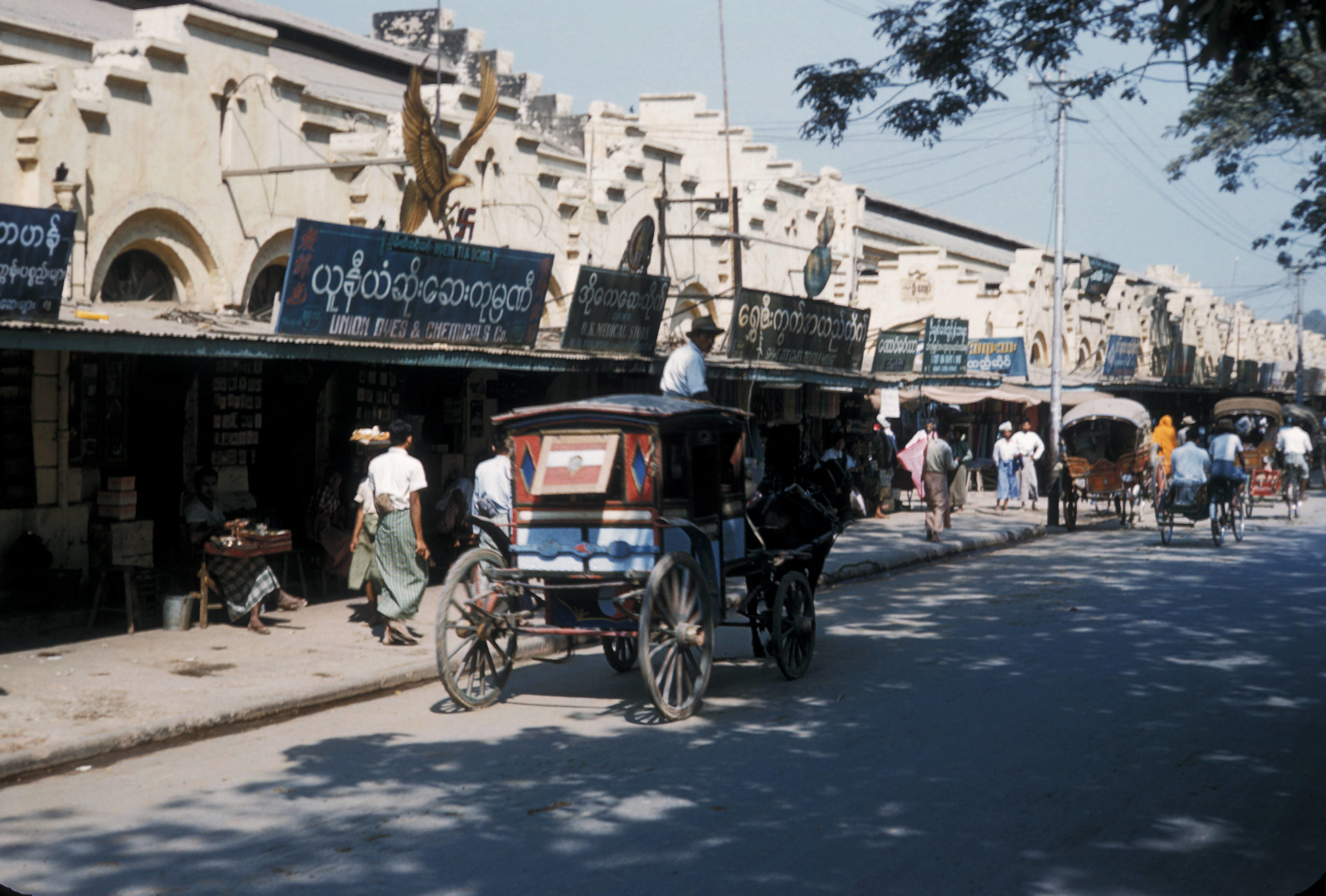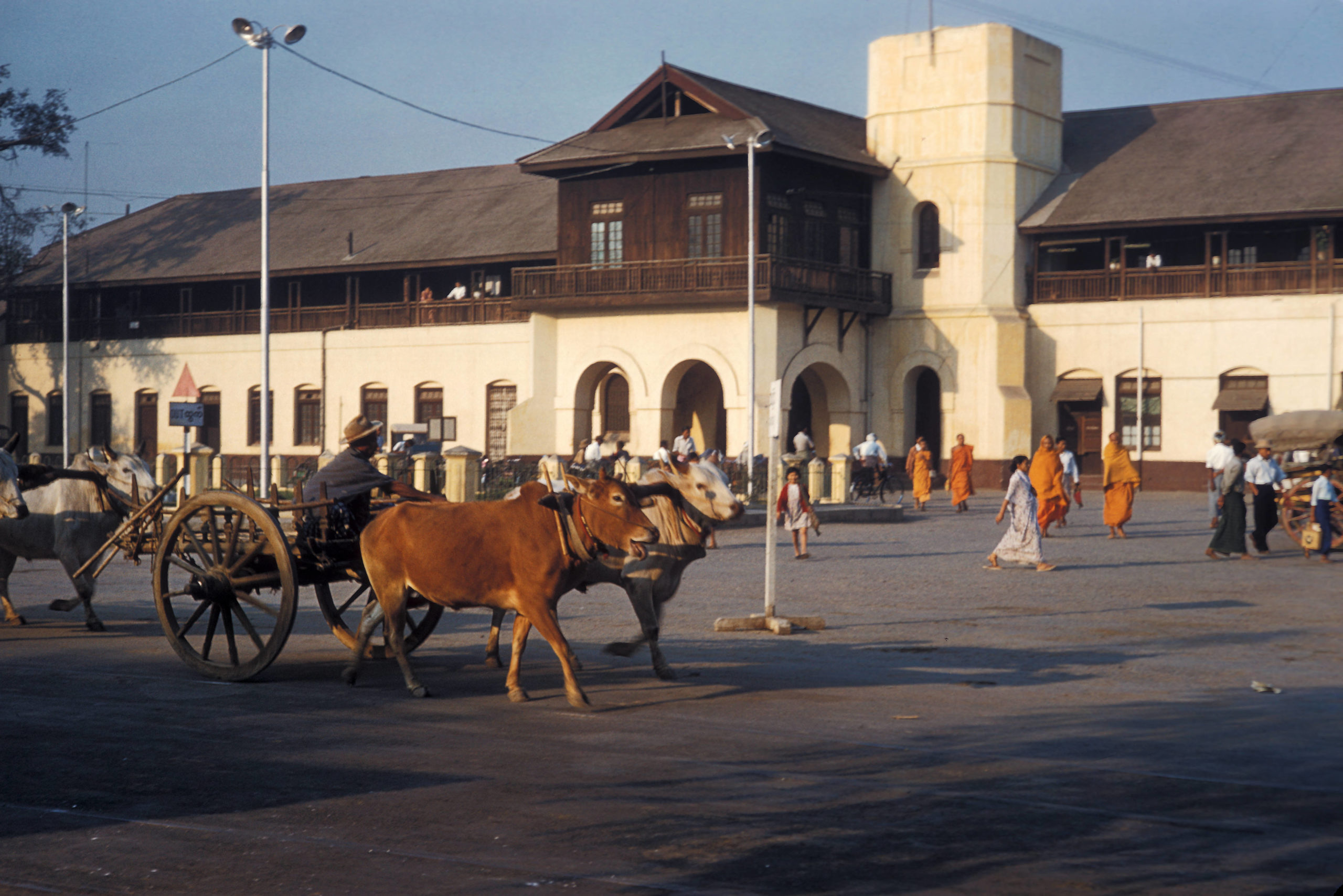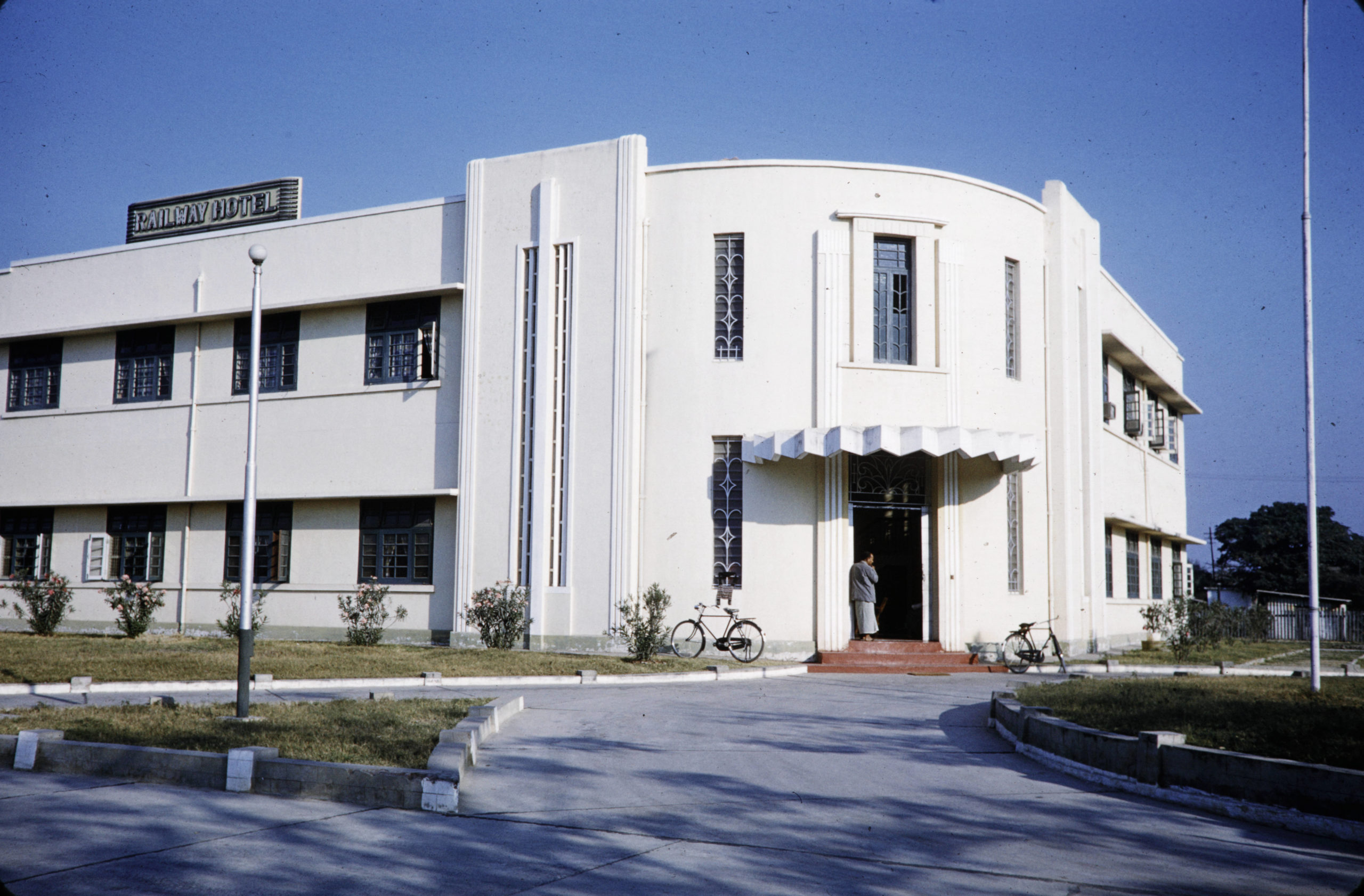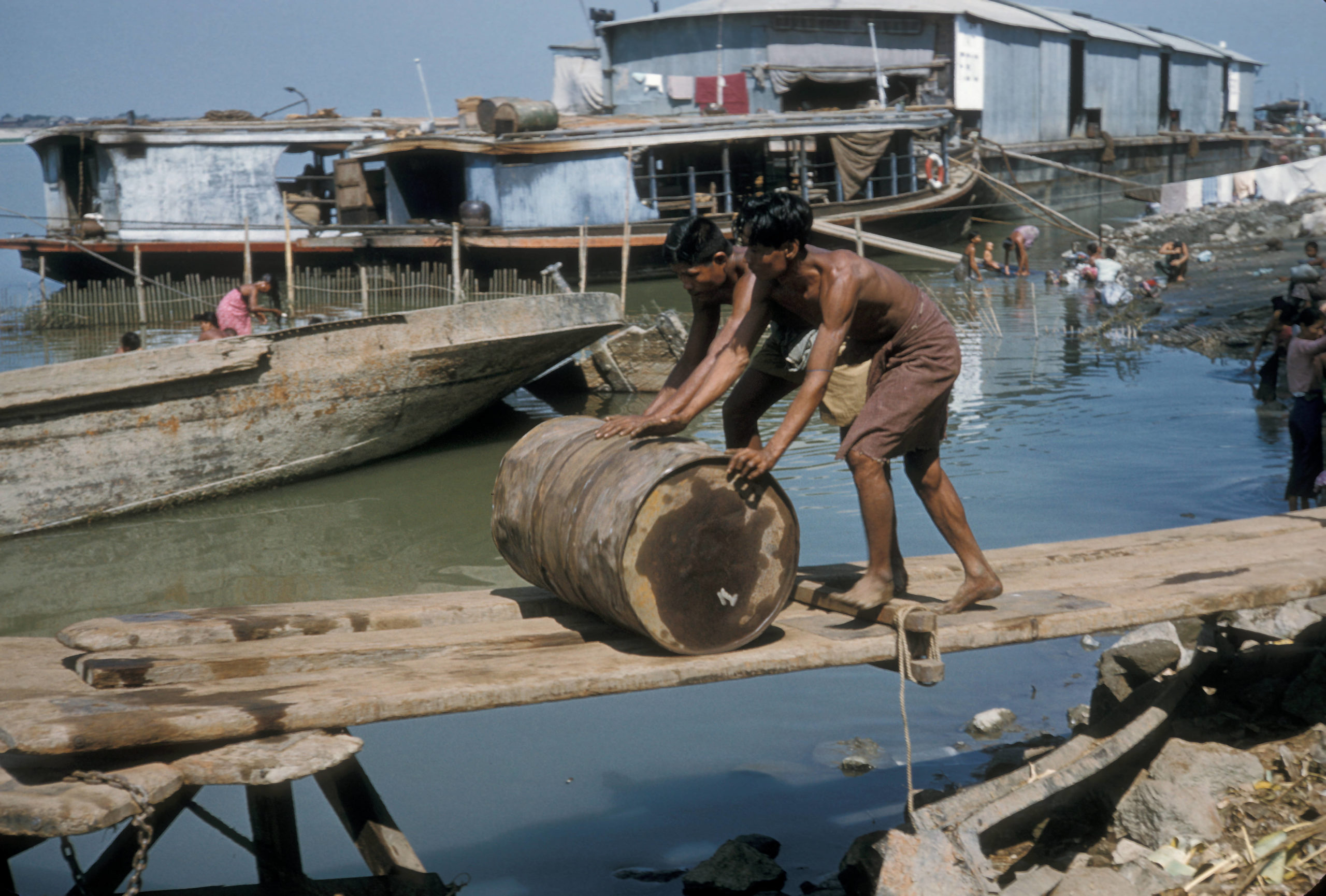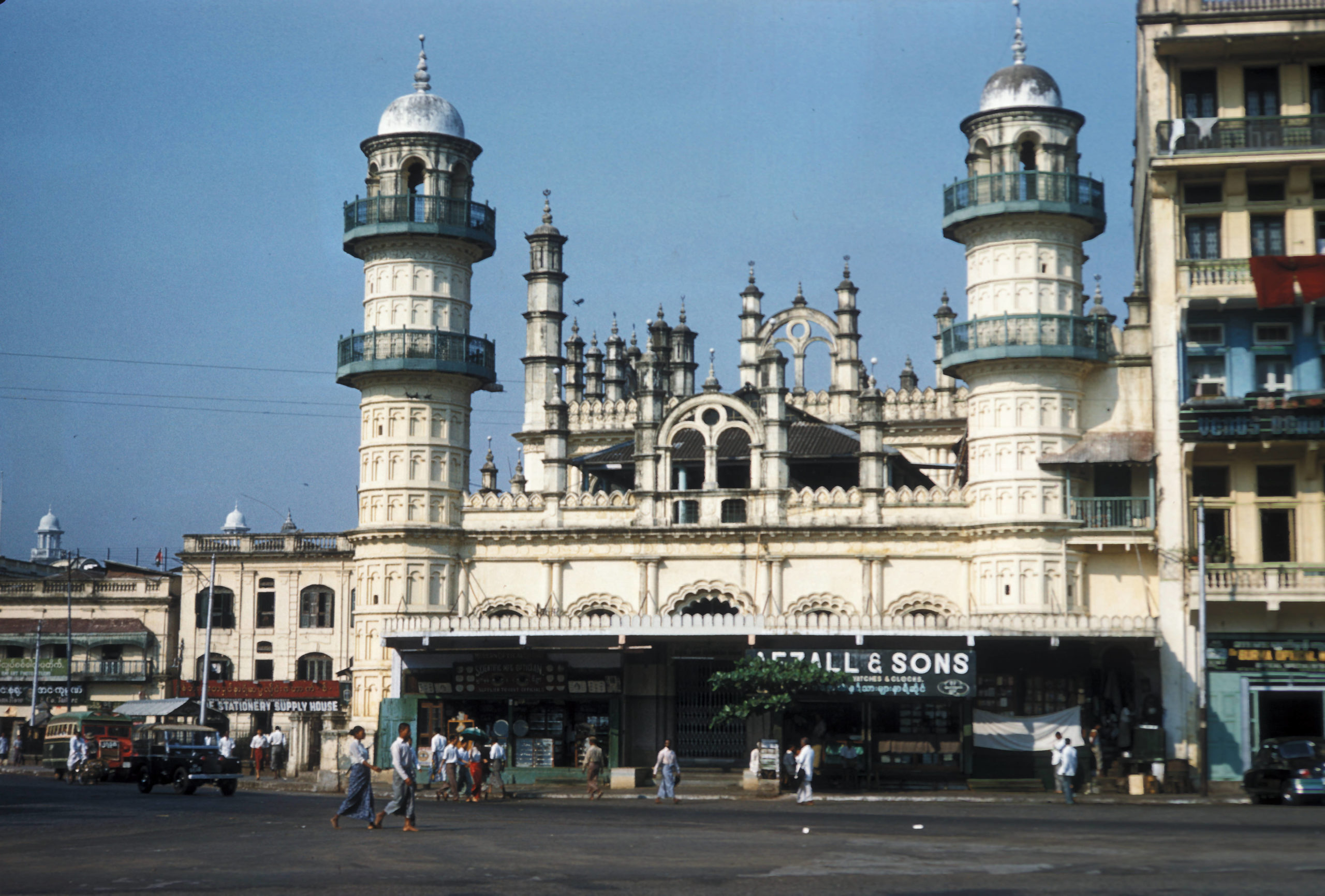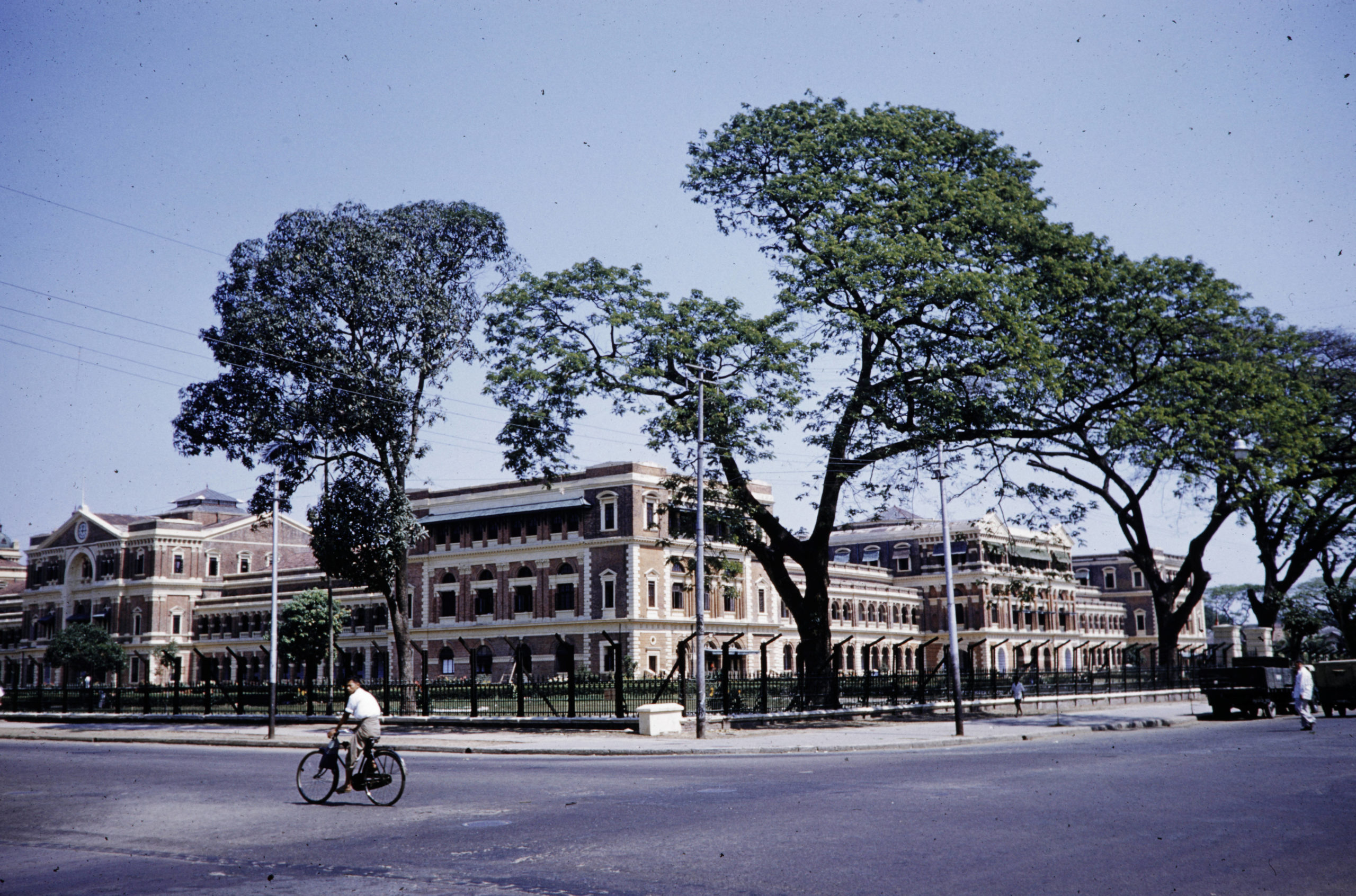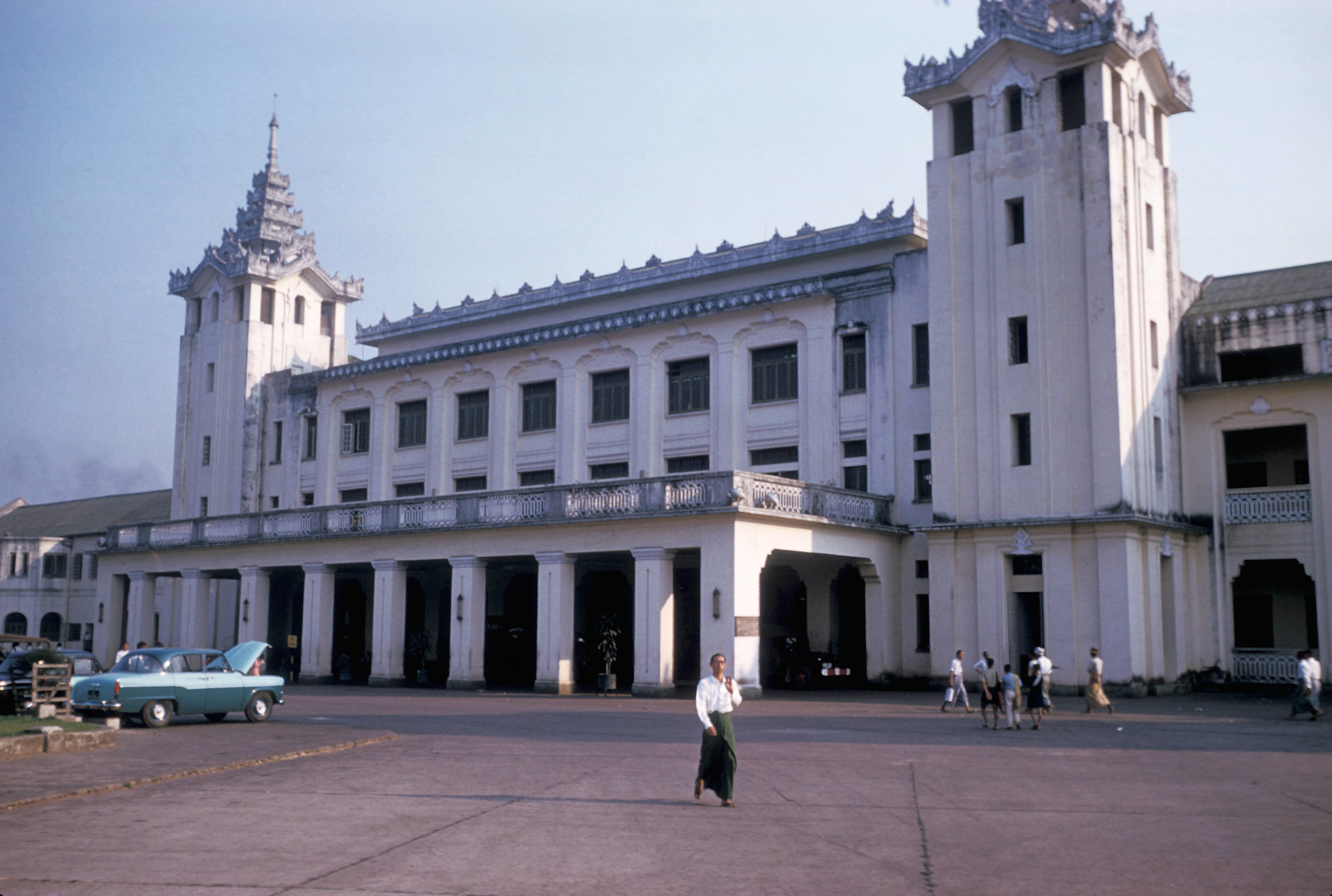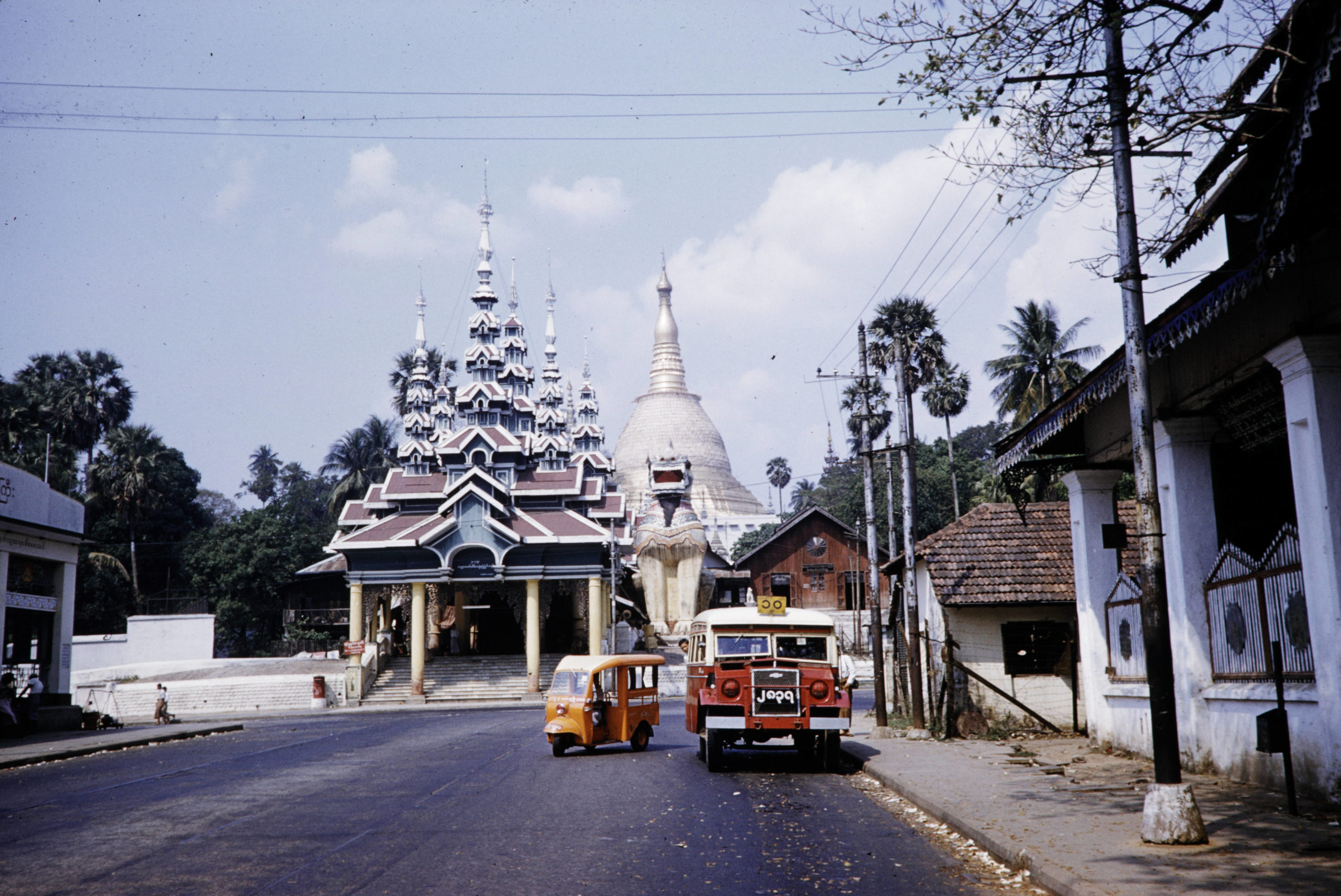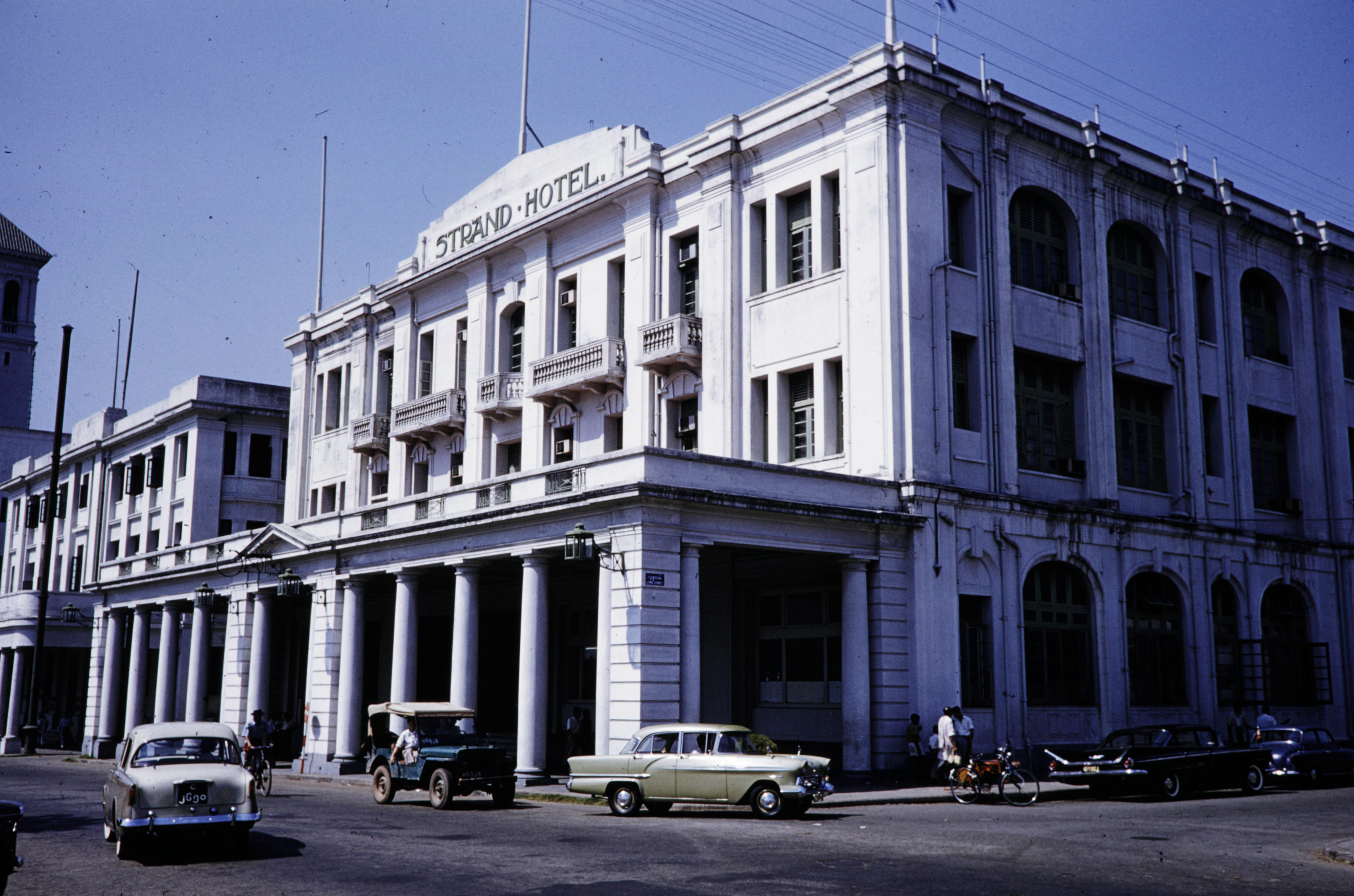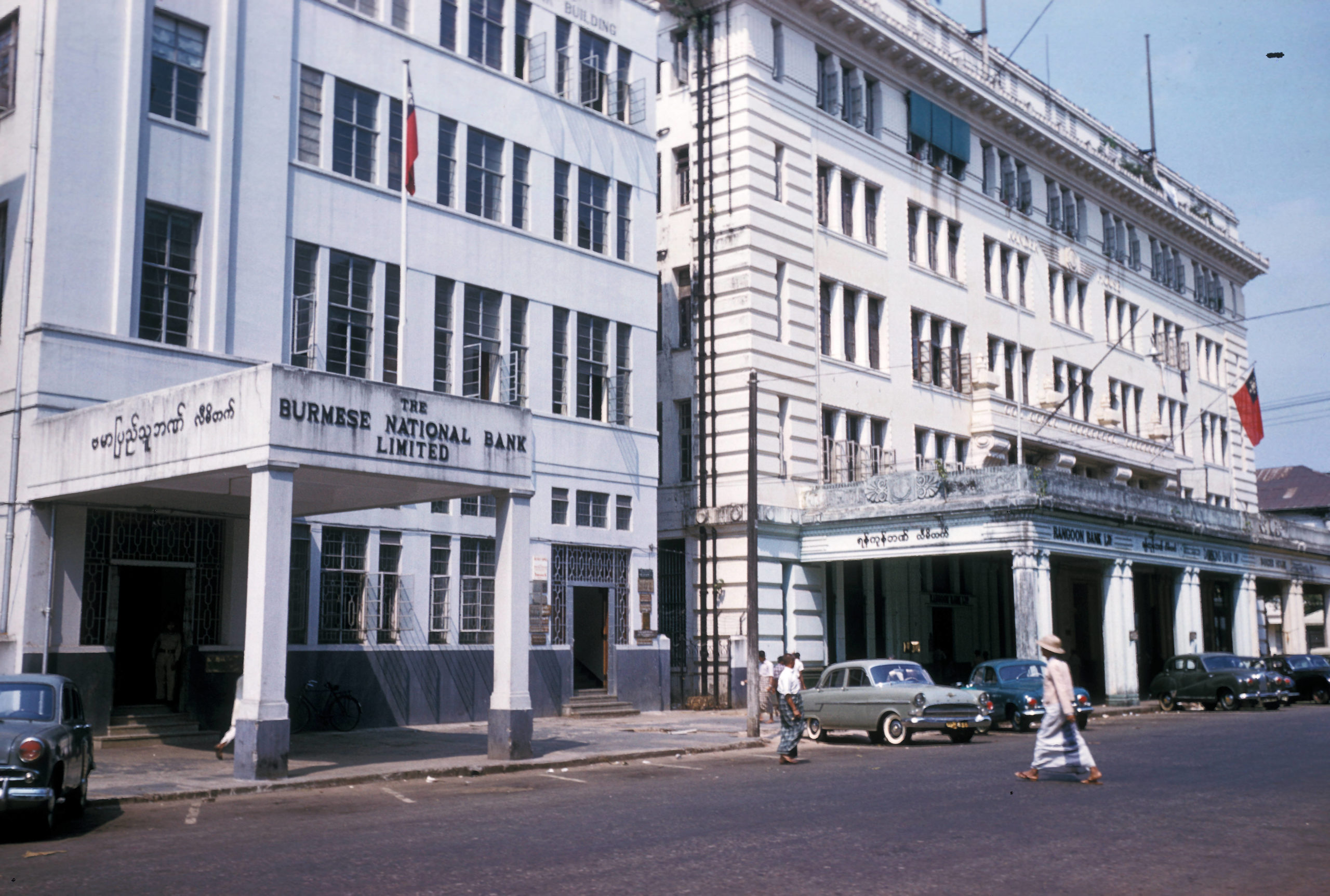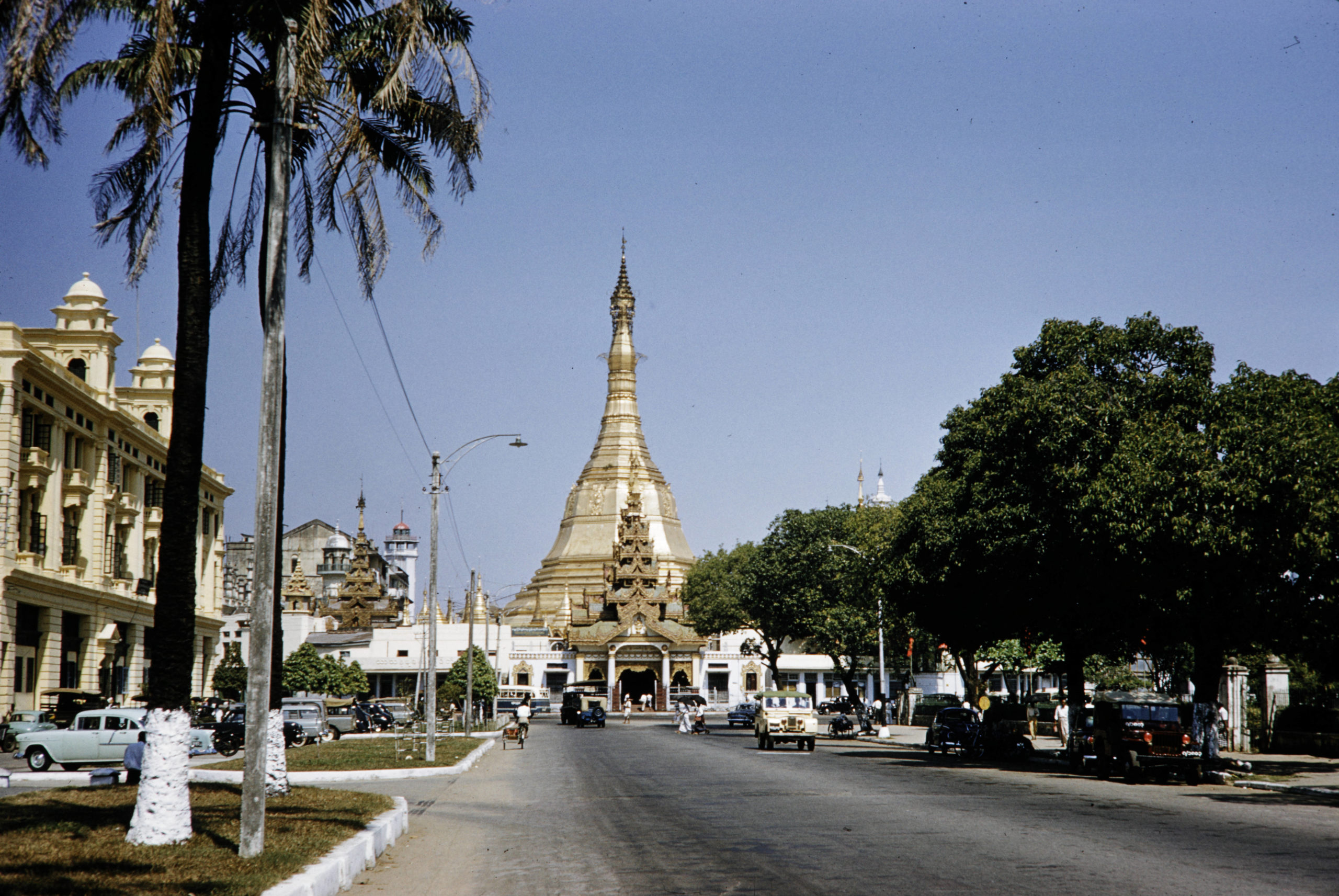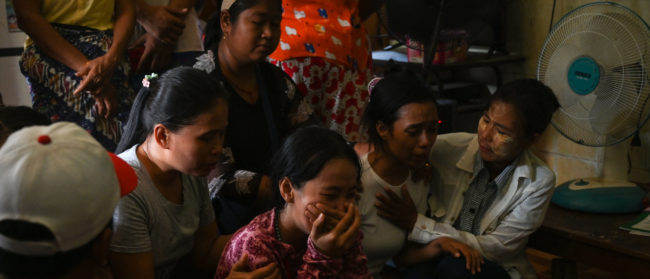[Photos] Archive shots of pre-coup 1960s Rangoon and Mandalay
The 1962 coup d'etat is Myanmar's nation-defining moment, plunging the country into military rule, the effects of which are unfolding today. Taken in 1960, these striking images show pre-coup Myanmar, back when the country's trajectory could still have been different
![[Photos] Archive shots of pre-coup 1960s Rangoon and Mandalay](https://southeastasiaglobe.com/wp-content/uploads/2021/03/Sule-pagoda-scaled.jpg)
Alastair McCready is the Editor in Chief at Southeast Asia Globe. He regularly posts about Southeast Asian affairs and history on his Twitter.
Nation-defining moments are those that shape a country’s trajectory for decades, the effects of which are felt through generations of people. For some countries, the link between past and present is a more nuanced and subtle interaction, for others, competing narratives can rightfully place different events at the core of national history.
But Myanmar is one of those rare, unambiguous cases, in which the fortunes of the country over the past six decades, not least the violence and chaos unfolding in the streets today that has seen around 100 people killed, can be neatly traced to a specific day in modern history – March 2, 1962.
It was on that day that General Ne Win seized power in a military coup d’etat, becoming head of state as Chairman of the Union Revolutionary Council and prime minister as he removed the Anti-Fascist People’s Freedom League civilian government of Prime Minister U Nu.
The coup had brewed in the context of rising ethnic tensions in post-independence Burma, with the military claiming that a strong central authority was needed to guide the fragile, fractured and diverse state made up of several major ethnic groups, with parliamentary democracy only encouraging division.
Soon after the coup, the Union Revolutionary Council would establish Burma as a one-party socialist state. A package of all-encompassing economic and social reforms, known as the Burmese Way to Socialism, would then entrench the military’s grip over politics, decimate the economy and transform the country into one of the most impoverished and isolated states globally.
The socialist programme was abandoned in 1988 as opposition and resented fomented, culminating in the brutally-suppressed 8888 Uprising and a national election in 1990 – won in a landslide by Aung San Suu Kyi’s National League for Democracy, but rejected by a military intent on maintaining its grip on power. Absolute military rule would give way to a pseudo-democracy in 2011 – but even that was toppled with the removal of Myanmar’s civilian government on February 1.
In the collection of images below, we trace Myanmar’s tragic narrative arc to two years prior to the nation-defining 1962 coup d’etat, seeing Myanmar’s two largest cities, Rangoon and Mandalay, in unrecognisable form in these colour images taken by US photographer Harrison Forman.
Taken just one month after the military-organised 1960 national election that brought the short-lived U Nu administration to power, they offer little indication of what was to come, depicting tranquil street scenes, crumbling colonial architecture and daily life in pre-socialist Burma.
These photos, originally taken by photographer Harrison Forman, have been republished with the consent of the The American Geographical Society Library, University of Wisconsin-Milwaukee Libraries.
